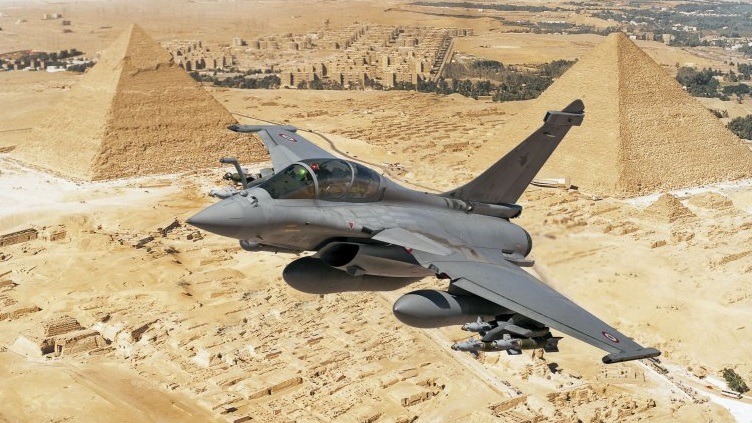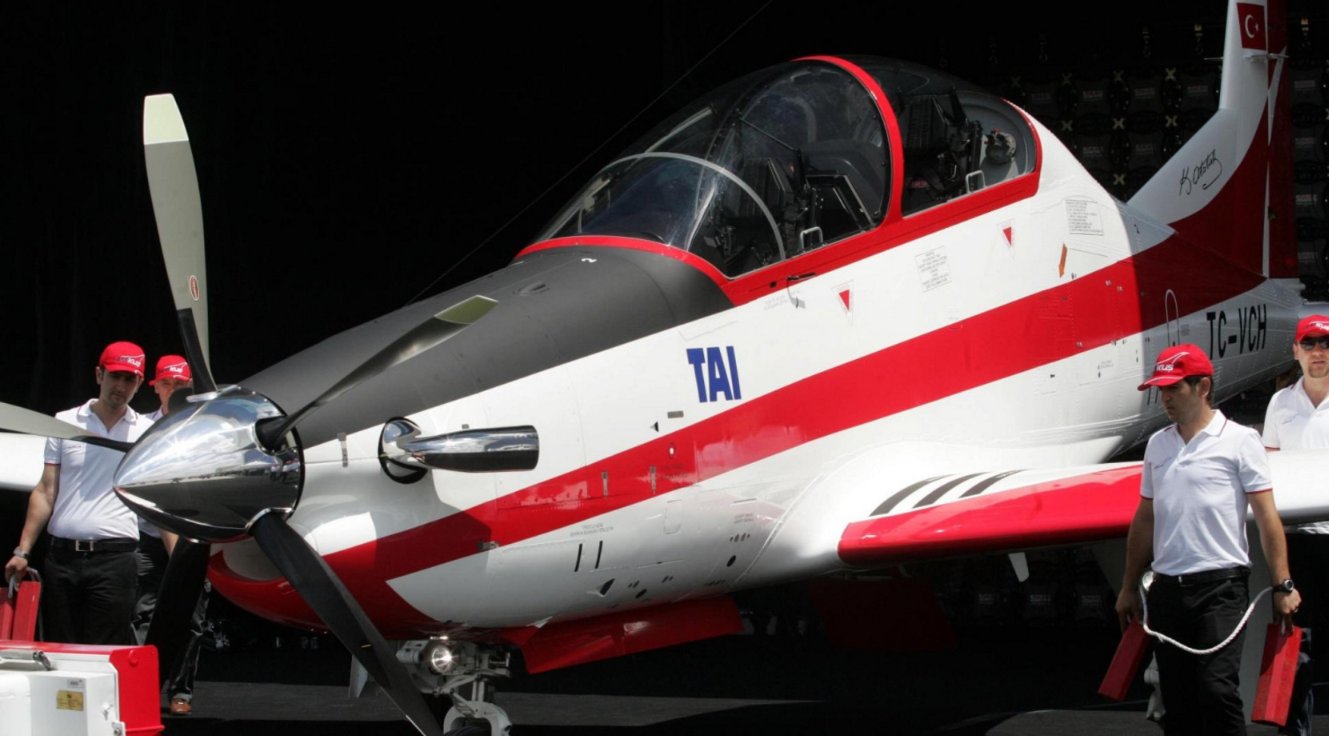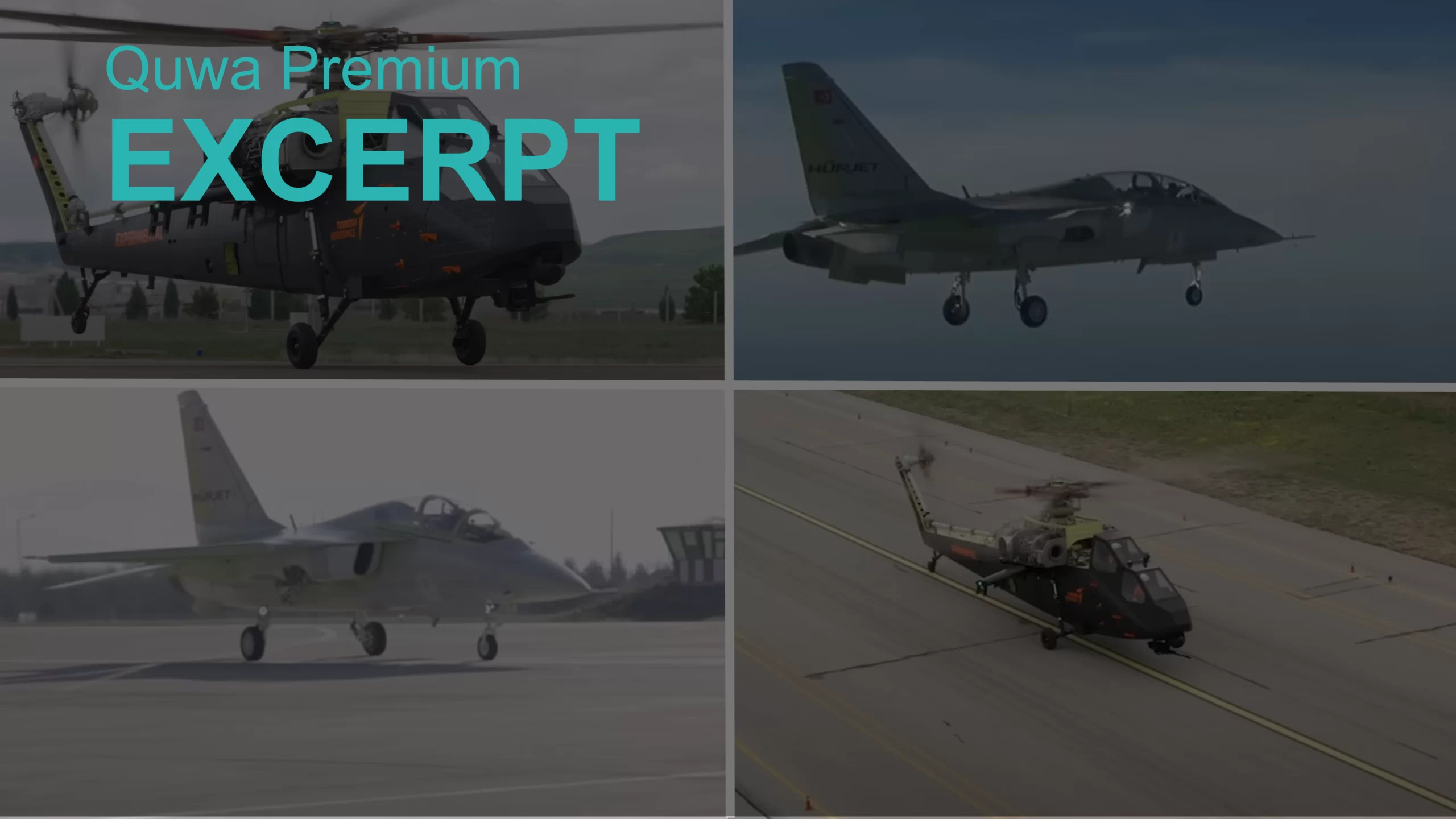3401Views 0Comments

Why the Rafale is a Big Deal for Egypt
By Bilal Khan
Egypt’s purchase of the Dassault Rafale was unexpected, but the fact that this very impressive deal was not reported widely was surprising. The first batch of three aircraft (out of an order for 24) were formally handed over to the Egyptian Air Force in late July (it is likely the initial aircraft were drawn from the production stocks meant for the French Air Force). The deal itself is composed of 8 single-seaters and 16 twin-seaters, and alongside a very large munitions package, is valued at $6 billion U.S.
There are three particularly interesting dimensions to this deal.
First, it is unclear exactly how Egypt is financing this massively expensive program. If it isn’t clear, Egypt’s economy isn’t exactly today’s great success story: GDP growth has stayed at 2% since 2011, inflation is still very high at 11%, and debt has only gone up since 2011. The possibility of Saudi aid notwithstanding, the French government is also being quite generous with its financing arrangements for Egypt. In short, the French government will basically guarantee Dassault should Egypt fail to meet its payments. Imagine, a country in a precarious economic situation (and governed by a military dictator who put down mass protests no less) being covered by the French government!
Second, the reality that the Egyptian Air Force is receiving an advanced combat proven 4.5 generation fighter that is ahead (in range and payload) to anything it currently operates. In fact, what really struck me with the Egyptian purchase was that two-thirds of it was composed of twin-seat fighters. To me this indicates a stronger emphasis on training as well as special missions, such as strike. Having laid down the infrastructure for this fighter, it is likely that Egypt will acquire more Rafales in the coming years, and in time, it will possess a sizable medium-to-long range fighter fleet. For an air force that has traditionally operated (for the most part) single engine fighters such as the F-16 and Mirage 2000, this is a significant shift.
Third, to support the second point, the truly solid munitions package that is coming with the Rafale. Egypt has had trouble acquiring modern beyond visual range air-to-air missiles (BVRAAM) and precision guided munitions from the U.S for use on its F-16s. Defence Industry Daily summarizes the above point nicely:
“Instead of relying on the modern, active-homing AIM-120 AMRAAM as their medium range air to air missile, Egypt’s F-16s depend on the older AIM-7P Sparrow. The Sparrow uses semi-active radar homing, which means the launching fighter needs to maintain a continuous illumination lock on the target aircraft. In contrast, an Israeli F-16i equipped with AMRAAM missiles can achieve lock, launch, then break lock and evade while the missile guides itself to the target.”
On the other hand, the Rafale deal actually includes an incredible range of modern munitions. Just take a look at the list posted by IHS Jane’s:
Safran/MBDA MBDA ‘Armament Air-Sol Modulair (AASM) Hammer (Highly Agile Modular Munition Extended Range) air-to-ground missile; both variants of the MBDA MICA (Missile d’Interception, de Combat et d’Autodéfense) short- and Beyond Visual Range (BVR) air-to-air missile: MICA (EM) RF featuring an active radio frequency seeker and MICA IR featuring a dual waveband imaging infrared seeker ; MBDA’s Exocet AM39 anti-ship missile, and MBDA’s SCALP (Système de Croisière Autonome à Longue Portée) conventionally-armed long-range deep strike weapon
The list includes the dual-use (beyond and within visual range) MBDA MICA air-to-air missile, the MBDA AASM air-to-surface missile (which is basically a general purpose bomb fitted out with a precision-guidance kit as well as rocket propulsion for extended range and speed), and even the SCALP (aka ‘Storm Shadow) air launched cruise missile (ALCM). The SCALP ALCM has a range of up to 300km and is of a stealthy, low-radar-cross-section (RCS) design, making it difficult for enemy radars to identify it while it is in flight.
Once the Rafales are fully inducted and integrated, the Egyptian Air Force will possess an excellent strike package composed of stand-off precision-guided bombs (PGB) as well as tactical use ALCMs. It is interesting to see the U.S not put up any type of resistance to the French deal, especially when it itself does not export similar weapon-systems to Egypt. Also interesting is the lack of opposition from Israel. Yes, it is surrounded by powers with similar combat capabilities, and yes, they have not done anything to threaten Israel, but it seemed that America’s reluctance to sell BVRAAM and PGBs was borne out of consideration for Tel Aviv. Could it be that Israel’s reservations about Egypt (and the Egyptian military in particular) have subsided enough that it is now possible for Western vendors to equip Egypt with potent weaponry?


